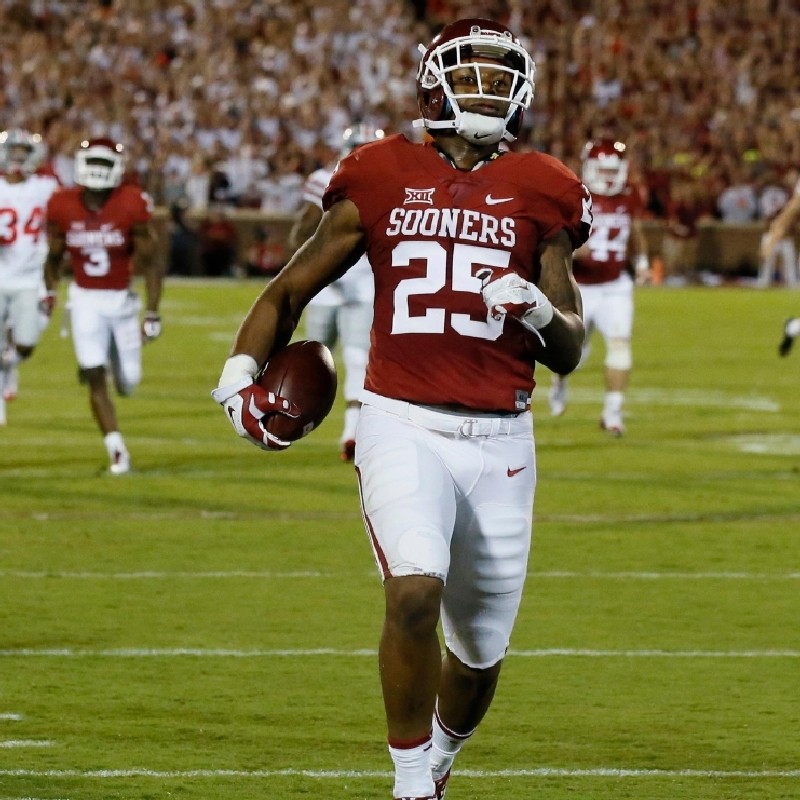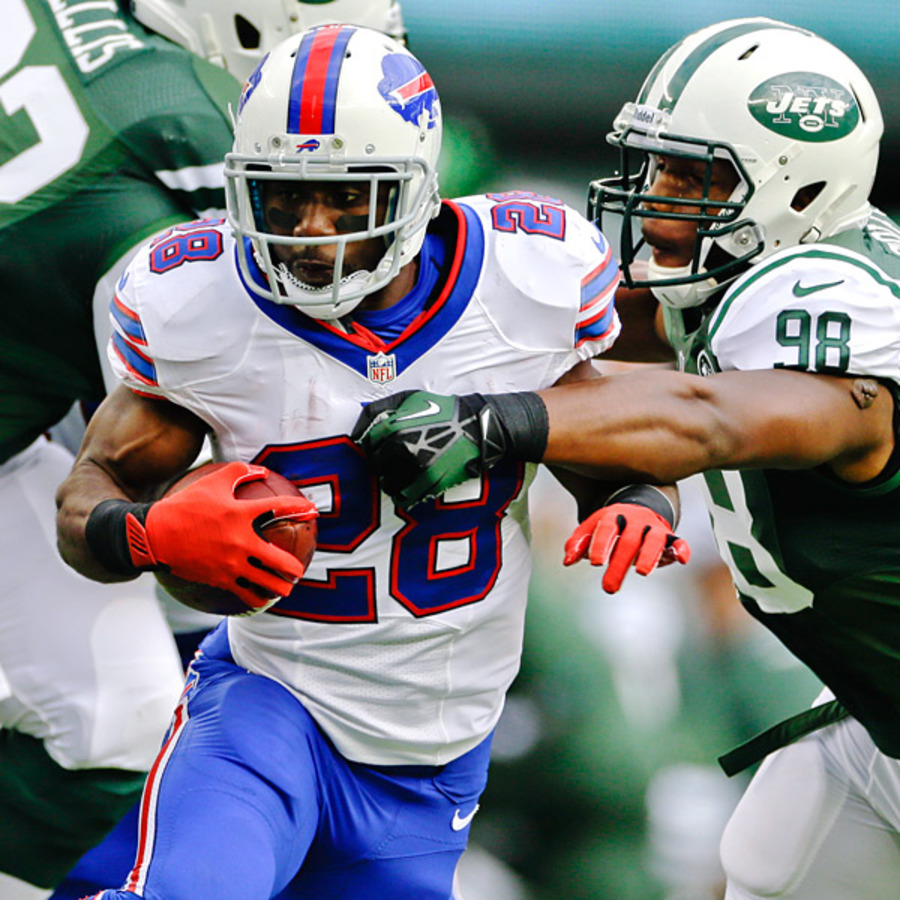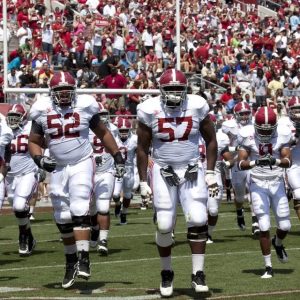I. Introduction

American football is a sport that requires a combination of physicality, mental acuity, and technical proficiency. In this article, we will delve into the role and importance of the football center, as well as the physical attributes crucial for excelling in this position.
A. Role of the Football Center
The football center holds a pivotal role in the game, serving as the linchpin of the offensive line. Positioned in the middle of the line, the center has vital responsibilities, including snapping the ball to the quarterback, making line calls, and providing crucial support for the offensive line as a whole. The center’s role is essential for the proper execution of plays and the protection of the quarterback, making this position a linchpin in the success of the offense.
B. Importance of the Position
The importance of the football center’s position cannot be overstated. As the player responsible for initiating each offensive play, the center’s role is critical in establishing the rhythm and tempo of the offense. The center’s ability to accurately and consistently snap the ball, as well as to make effective line calls, ensures the smooth execution of plays, allowing the offense to operate efficiently and effectively.
Moreover, the center serves as the anchor of the offensive line, providing support and cohesion to the unit as a whole. The center’s understanding of defensive alignments, ability to read defenses, and quick decision-making are invaluable assets that contribute to the effectiveness of the offensive line. Additionally, the success of running plays, pass protection, and overall offensive performance often hinges on the proficiency and leadership of the football center.
II. Physical Attributes
A. Strength and Power
The football center’s position demands a high level of physical strength and power. As the player situated in the heart of the offensive line, the center engages in continuous and intense physical combat with opposing defensive linemen. The ability to overpower and control opponents at the line of scrimmage is a fundamental requirement for success in this position.
Physical strength is essential for the center to hold their ground against powerful defensive linemen, providing a solid anchor for the rest of the offensive line. The center’s ability to generate force and leverage is crucial for driving defenders off the line, creating running lanes for the ball carrier, and providing a secure pocket for the quarterback during passing plays.
Furthermore, power is not solely confined to the upper body; lower body strength is also paramount for anchoring and driving the line of scrimmage. A strong and explosive lower body enables the center to generate power from the ground up, maintaining stability and control against formidable defensive opponents.
B. Quickness and Agility

In addition to strength and power, quickness and agility are imperative attributes for the football center. The center’s role involves rapid movements and reflexive responses, particularly when snapping the ball and engaging in blocking assignments. Quick and agile footwork allows the center to swiftly execute snaps, traverse the line of scrimmage, and adjust to the movements of opposing defenders.
Moreover, agility is crucial for maintaining balance and mobility in the midst of the chaotic and dynamic environment of the line of scrimmage. The ability to shift laterally, change direction, and reposition quickly in response to defensive maneuvers is vital for effective pass protection and creating run-blocking angles.
III. Mental Acuity
A. Understanding of the Game
In order to succeed in football, players must have a deep understanding of the game. This understanding goes beyond knowing the basic rules and strategies; it involves a thorough comprehension of the various positions, formations, and tactics utilized in the game. Players who possess a strong understanding of the game are able to anticipate the movements of their opponents and make split-second decisions that can greatly impact the outcome of a play. This level of understanding requires constant study and analysis of the game, both on and off the field.
Furthermore, a deep understanding of the game allows players to adapt to different situations and opponents. Whether it’s recognizing defensive schemes or understanding offensive play-calling, players who possess a high level of football intelligence are able to make adjustments on the fly, giving their team a competitive edge.
B. Ability to Read Defenses
Another key aspect of mental acuity in football is the ability to read defenses. This skill is particularly important for quarterbacks, as they are responsible for analyzing the defensive alignment and making split-second decisions based on their observations. A quarterback who can effectively read defenses is able to identify potential weaknesses and exploit them, whether it’s through a well-timed pass or audibling to a different play.
Reading defenses also extends to other positions on the field. Running backs and wide receivers must be able to recognize defensive formations and adjust their routes accordingly. Offensive linemen need to understand the defensive line’s positioning in order to effectively block and protect the quarterback. A strong ability to read defenses not only improves individual performance, but it also enhances team cohesion and overall success.
IV. Technical Proficiency
A. Snapping Accuracy
Technical proficiency is a crucial aspect of football that often goes unnoticed. One key technical skill that is essential for success is snapping accuracy. The center, who is responsible for snapping the ball to the quarterback, must possess a high level of snapping accuracy in order to ensure smooth and efficient plays. A reliable center can make a significant impact on the team’s offensive performance by consistently delivering accurate snaps, allowing the quarterback to focus on reading the defense and making plays.
In addition, snapping accuracy is also important for special teams, particularly during field goal and extra point attempts. A precise snap is essential for the holder and kicker to execute a successful kick, making snapping accuracy a critical technical skill for football players.
B. Blocking Techniques
Another crucial technical aspect of football is blocking techniques. Whether it’s pass protection or run blocking, effective blocking is essential for creating opportunities for the offense. Offensive linemen must be proficient in various blocking techniques, such as the kick slide, punch, and hand placement, in order to effectively protect the quarterback and create running lanes for the ball carriers.
Furthermore, blocking techniques are not limited to offensive linemen; tight ends and wide receivers also play a role in blocking, whether it’s sealing off defenders to create space for a runner or providing protection for a pass play. A solid understanding and execution of blocking techniques are vital for the success of the offense as a whole.
V. Leadership and Communication
A. Commanding the Offensive Line
The offensive line is the foundation of a successful offense in football. It consists of the center, guards, and tackles, who work together to protect the quarterback, create running lanes for the ball carriers, and execute pass plays. Commanding the offensive line requires strong leadership and communication skills in order to ensure that the unit operates effectively as a cohesive group.
Leadership on the offensive line is often embodied by the center, who is responsible for making calls and adjustments at the line of scrimmage. The center must have a deep understanding of the team’s offensive schemes and the ability to convey this information to the rest of the offensive line. They must also exhibit confidence and decisiveness in their calls, which will help instill trust and faith in their teammates.
Furthermore, effective leadership on the offensive line involves setting a positive example for the rest of the team. This includes displaying a strong work ethic, dedication to improvement, and a willingness to put the team’s goals above individual accomplishments. When the leader of the offensive line embodies these qualities, it can have a profound impact on the overall cohesiveness and performance of the offense.
B. Effective Communication with Quarterback and Team
The quarterback is often regarded as the leader of the offense, and effective communication with the rest of the team is paramount for success on the field. A quarterback who possesses strong communication skills can effectively relay play calls, make adjustments at the line of scrimmage, and provide direction to their teammates.
Clear and concise communication with the offensive line is particularly crucial for the quarterback. Prior to the snap, the quarterback must effectively communicate the play call, the snap count, and any adjustments based on the defensive alignment. This ensures that the offensive line is well-prepared to execute the play and protect the quarterback from opposing defenders.
In conclusion, the football center holds a critical position within the realm of American football, with responsibilities that significantly influence the success of the offense. The physical attributes of strength, power, quickness, and agility are integral for the center to excel in their role, contributing to the overall effectiveness and performance of the offensive line. By possessing and honing these physical attributes, the football center becomes a vital asset in the pursuit of offensive success on the gridiron.



